CATIE graduates second generation of leather working course
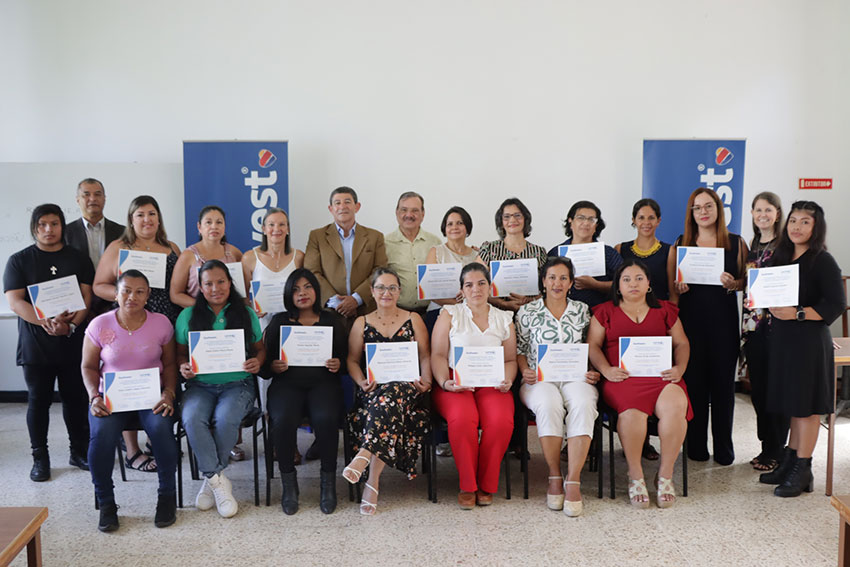
- Using repurposed leather from Southwest airline airplanes, 27 people learned to make accessories and handicrafts that will enable them to create their own businesses.
A total of 27 people from the canton of Turrialba, in Costa Rica, received the diploma certifying their participation in the basic and advanced leather goods course, as part of the "Repurpose with purpose” program of Southwest Airlines and CATIE (Centro Agronómico Tropical de Investigación y Enseñanza).
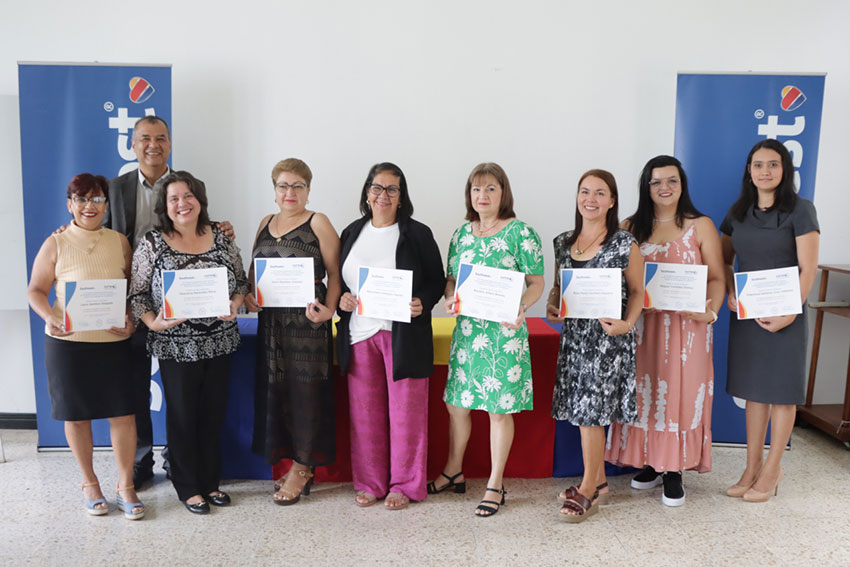
Among the group of graduates are 5 women and men from the Alto Quetzal Cabecar indigenous community in the district of Chirripó, who participated in the basic leather working course with the support of the Asociación Pro Red de Albergues Indígenas.
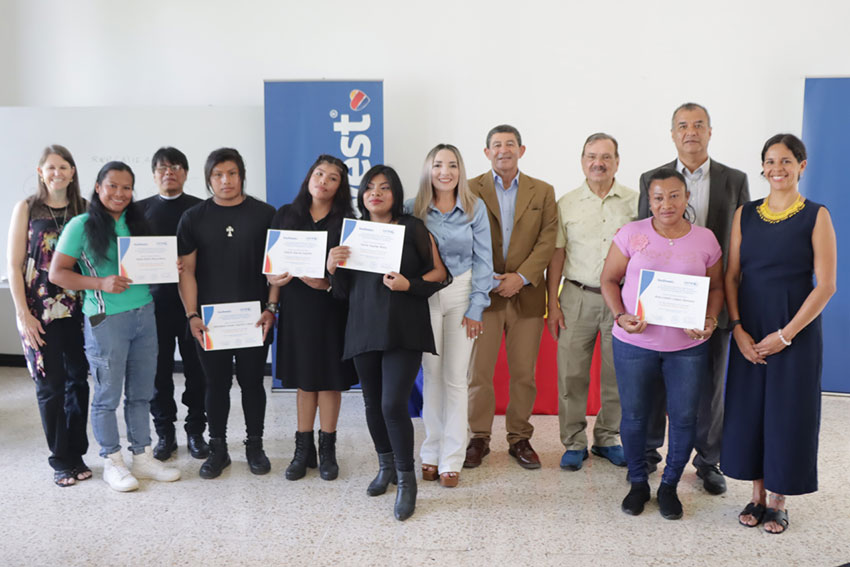
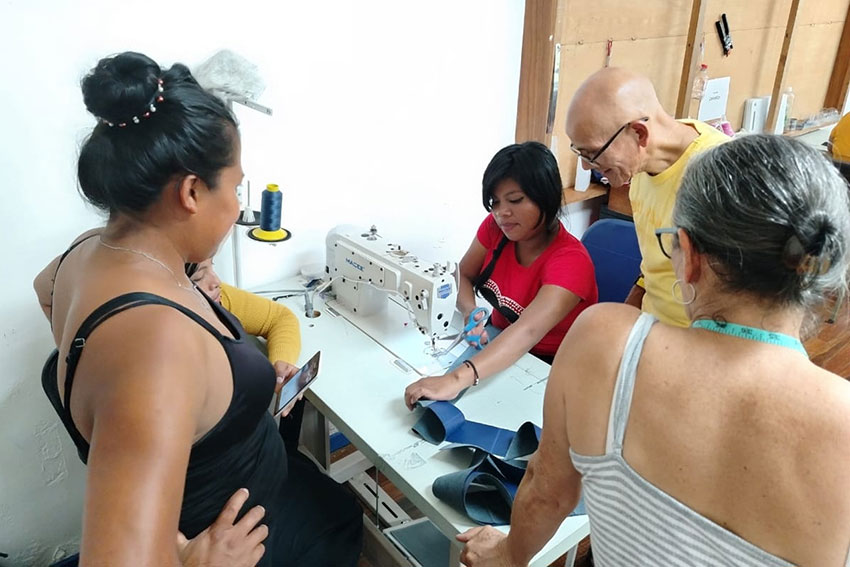
For several months, they learned how to work with leather to create bags, wallets, key chains and many other accessories, which will allow them to become entrepreneurs and make an important contribution to the family and canton economy.
The material for the course is repurposed leather from Southwest's airplane seats. Through the “Repurpose with purpose” program, Southwest has provided more than 1.4 million pounds of leather to promote employment, skills development and other benefits to participating communities.
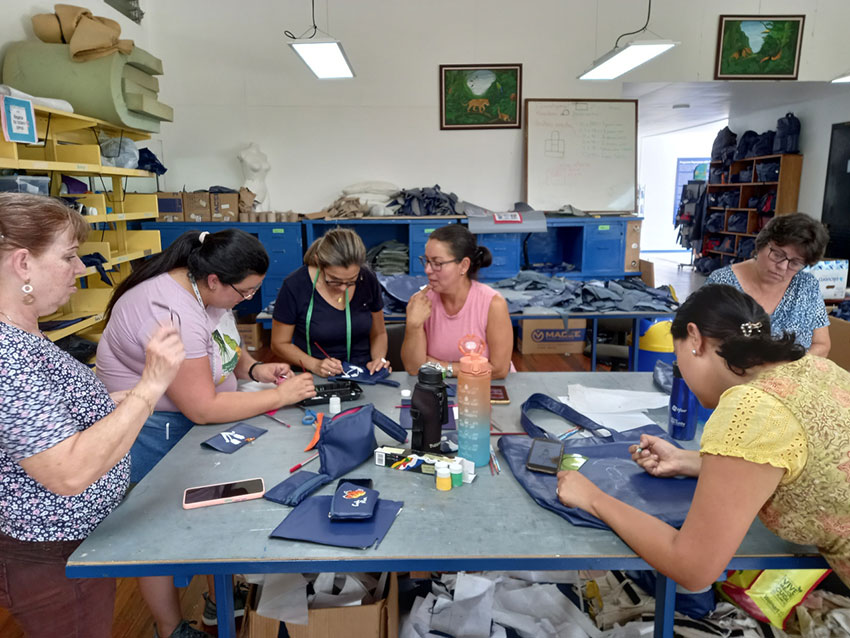
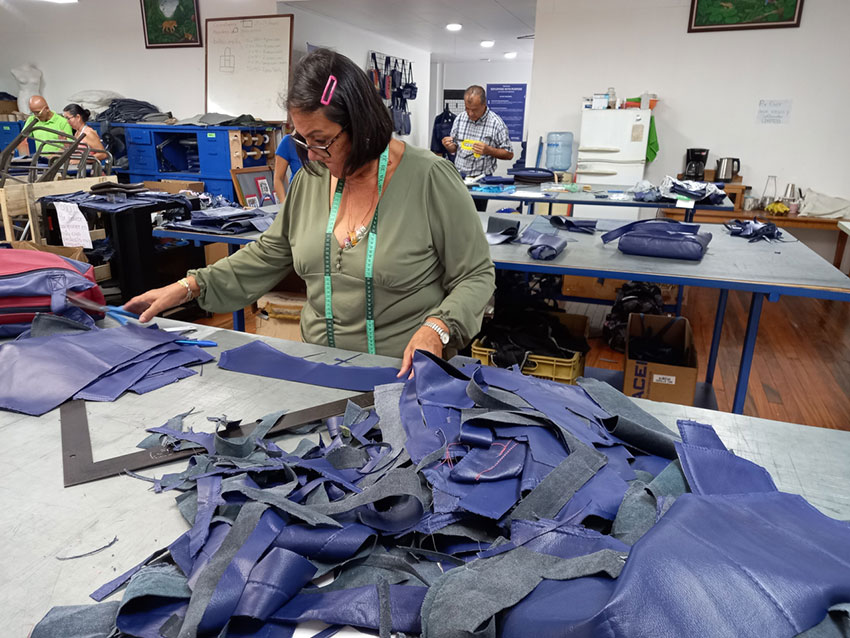
“For CATIE this is a source of pride, because this title represents that these people have the ability to use industrial or homemade machines, that they have mastered the handling of this reused leather and have the capacity to design, innovate and make quality products,” said Eliécer Vargas, researcher in sustainable development at CATIE and coordinator of the project.
Dr. Luis Pocasangre, General Director of CATIE, highlighted how “something that used to be waste becomes products that also have an important impact on their communities and society, and are an example of circular economy”.
Laura Gamboa, one of the graduates of the advanced leather goods course, commented that “this has been a very nice experience. I never imagined that with recycled leather one could make such beautiful things and help the environment. I thank CATIE for giving us this opportunity and I hope that many more people will come to receive this training.
By acquiring the necessary skills to work with leather, people who complete the course have the opportunity to become entrepreneurs with the "Blue Art Entrepreneurs"certification. This is the case of Jennifer Bell Marín, who graduated as an entrepreneur after an additional year of work after completing the advanced course.
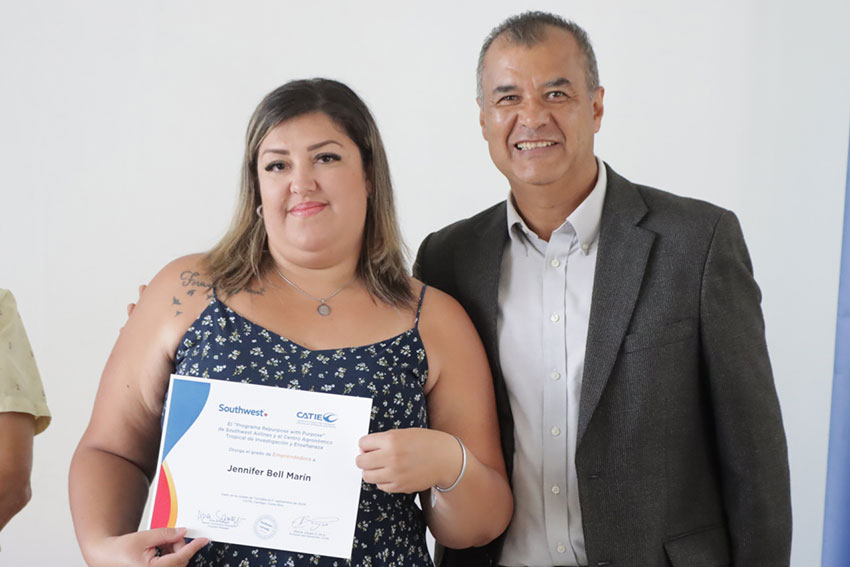
Lessons in the leather working course are held one day a week, from 8 a.m. to 4 p.m., for a duration of approximately 40 weeks. For more information, please email cuero@catie.ac.cr
Written by:
Alejandro Portilla Navarro
Communicator
Communications and Marketing Office
CATIE
alejandro.portilla@catie.ac.cr



